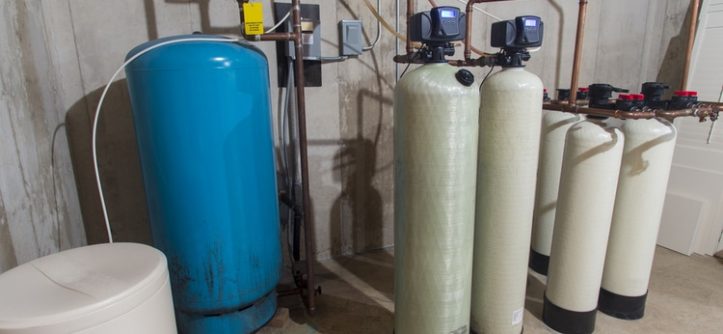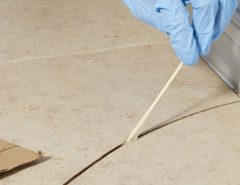A water softener is a device that uses sodium ions to remove hard minerals from your water. The ion exchange process creates softened water and brine (a salty solution) with a higher concentration of sodium ions than the source water. In this article, we’ll explain how water softeners work and discuss some common misconceptions about them.
How does a water softener work?
A water softener is a device that removes hard minerals from water. The minerals are removed by an ion exchange process, which involves replacing the calcium and magnesium in the water with sodium ions.
Water softeners work by passing your household’s tap water over a bed of ion-exchange resin beads. As each bead passes through the resin bed, it grabs onto some calcium ions (and others) and replaces them with sodium ions. This leaves behind softer water that’s great for bathing and laundry!
The basic process
How does a water softener work? The process is similar to reverse osmosis, distillation, and deionization systems.
A water softener uses a resin to bond with the hard minerals in your water (calcium and magnesium). As the water passes through the resin, the bonding action causes these minerals to be trapped in the resin bed. Eventually, when enough bonds have been formed between calcium or magnesium and resin particles on the bed surface, it becomes saturated with those minerals.
Measuring the hardness of water
The first step in understanding how a water softener works is to understand the hardness of your water. Water hardness is measured as grains per gallon (gpg), which refers to the amount of calcium and magnesium in your water. You may have heard this referred to as ppm, which stands for parts per million and is just another term for up. For example, if you have hard water that measures 240ppm (or 120gpg), then you can convert this number into gallons:
- 120 = 1 gallon
- 2 = 5 gallons 2 pints 8 ounces 7 deciliters 4 cups 3 tablespoons 1 teaspoon
When you know how much calcium/magnesium is in your tap water, you’ll be ready to learn more about how a softener removes these minerals by passing them through an ion-exchange resin.
Calcium and Magnesium
Calcium is a mineral found in many foods, including milk and other dairy products, and it can also be found naturally in water. Calcium is essential for the body to function correctly, especially in developing bones, teeth, and muscles.
Magnesium is another mineral you’ll find in drinking water—and it’s just as crucial as calcium! Magnesium helps your body use energy from food; keeps your heart rhythm steady; helps maintain normal muscle and nerve function; keeps your bones strong; helps regulate blood sugar levels; helps build protein inside cells that are important for growth and repair (like those found in hair, skin, and nails).
The Water Cycle
The water cycle is a natural process that begins when water evaporates from the surface of oceans, lakes, and other sources. The sun’s heat causes this moisture to change into a vapor. As this vapor rises, it cools and condenses, forming clouds in the sky.
Once formed, these clouds can produce precipitation as rain or snow (depending on the temperature). Some of this precipitation falls back to earth as runoff or percolates into groundwater supplies. The process continues until all available moisture has evaporated or been absorbed by another source, such as soil or plants.
Common misconceptions
When water evaporates from a lake or ocean, it leaves salt behind on the surface. This isn’t always the case; sometimes, the salt goes into a solution in the water before evaporation occurs. In addition, the water that evaporates from lakes and oceans doesn’t just disappear. It is absorbed by plants and trees, which use it for photosynthesis. This process can be very efficient; many plants can absorb up to 90% of the moisture in their environment.
Conclusion
To sum it up, water softeners work by removing some of the calcium and magnesium ions from your hard water. They do this by passing your water through a series of tanks containing a resin bed and other chemicals that bind to calcium and magnesium ions. This leaves you with clean, soft water safe for bathing, washing clothes, or dishes – even drinking!




